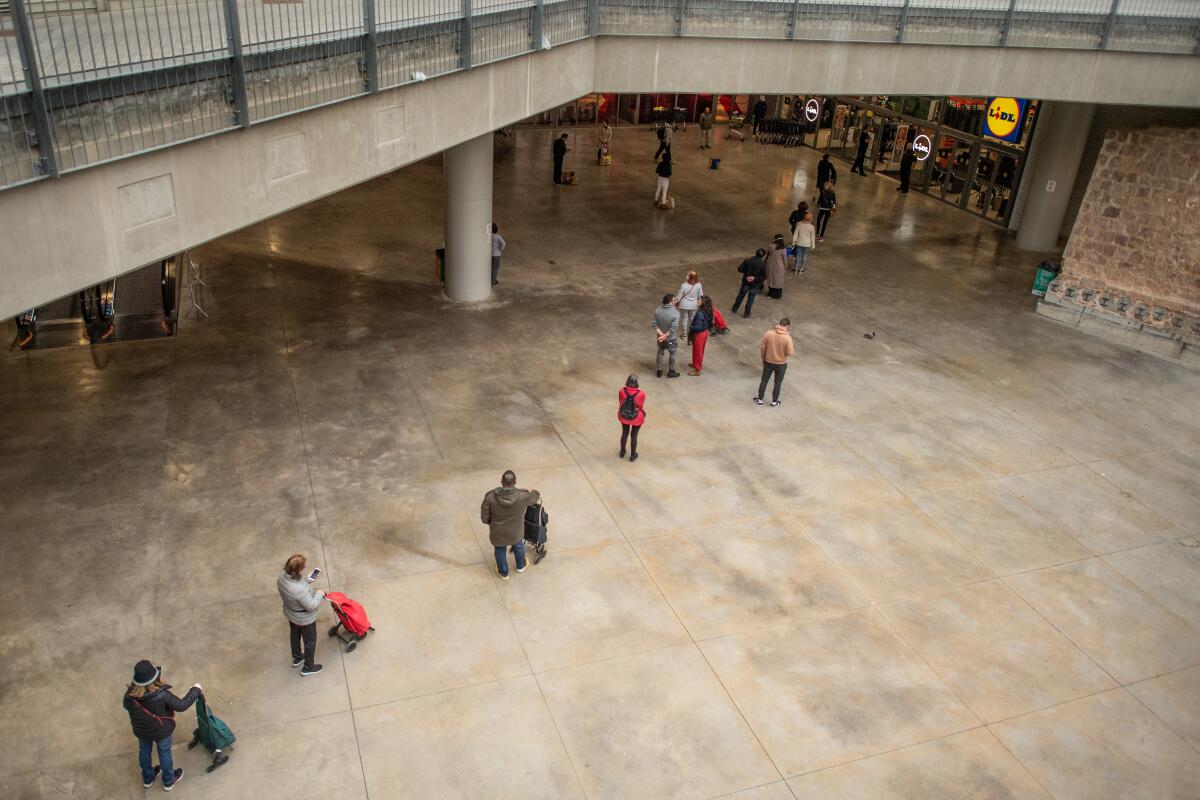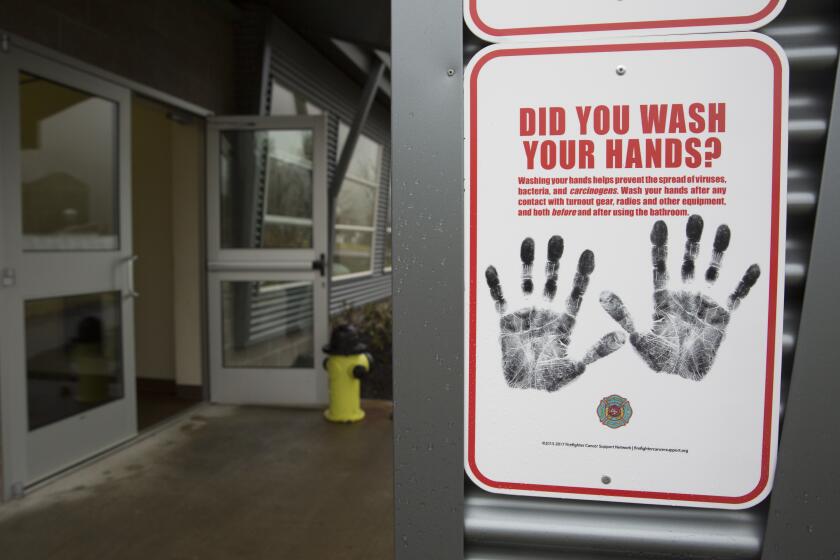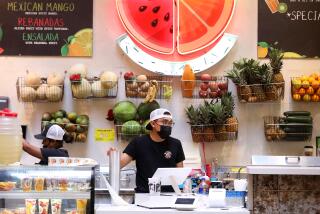Coronavirus tips: The do’s and don’ts of social distancing

As health officials in the United States work to slow the spread of COVID-19, they’ve asked Americans to do one important thing: practice social distancing.
Schools are closed. Workers are staying at home. Bars are shuttered and restaurants are offering take-out and delivery service only. Sporting events, concerts and festivals have been canceled.
Life without its interaction can be trying, but public health experts insist that each person’s commitment to social distancing is key to taming the new coronavirus — and ultimately saving lives. Here’s a closer look at how to do it right.
What is social distancing?
It’s a fancy way of saying you’re avoiding close contact with others. That means no mass gatherings or any other meet-ups in places where people may congregate. If you absolutely must be out in public, maintain a six-foot radius of personal space.
Why do I need to do it?
It’s too late to keep the coronavirus from freely spreading within the U.S. But social distancing can slow it down by giving it fewer opportunities to jump from person to person.
That’s an important way to protect the most vulnerable members of our society, said Crystal Watson, a public health preparedness expert at Johns Hopkins University. It should delay some of the inevitable infections until treatments — or even a vaccine — are developed, and it will reduce the chances that the healthcare system will be swamped with more patients than it can handle at once.
“Then hospitals will be able to handle this a lot better,” Watson said.
Why is social distancing so effective?
Scientists estimate that one person infected with the new coronavirus will infect another 3.3 people, on average. The higher that number (known as the reproductive number), the faster a virus spreads.
Several factors influence the reproductive number, including how contagious the virus is, how susceptible people are, how many times people interact with each other, and how long those interactions last. Social distancing aims to reduce the last two items on that list, which would in turn reduce the reproductive number and slow a disease’s spread, said Dr. Jeffrey Martin, an infectious diseases epidemiologist at UC San Francisco.
How is social distancing different from self-quarantine and self-isolation?
Self-quarantine and self-isolation are specific forms of social distancing.
Self-quarantine is when you feel fine but separate yourself from others because there’s a high chance you’ve been exposed to a disease. Self-isolation is when you may have symptoms and don’t want to get other people sick. In the case of COVID-19, both are supposed to last about 14 days, enough time for any potential symptoms to manifest in an environment where the virus can’t infect other people.
Workplaces and schools are asking people to “self-quarantine” for 14 days if they’ve been exposed to the coronavirus. Experts explain when that’s necessary.
Ideally, social distancing looks a lot like self-quarantine or self-isolation, except there’s no particular time frame involved, Watson said.
OK, so how do I do this?
If you can work from home, do so. Don’t gather in shared public spaces or at public events, like gyms, restaurants, festivals or concerts. Avoid cruises and nonessential travel, particularly if you’re at higher risk of getting very sick from the disease, the Centers for Disease Control and Prevention says.
If you need to get prepared food, don’t eat in — grab your grub from the takeout window or have it delivered. Speaking of deliveries, ask for them to be left at the door to minimize the risk to you and the delivery person.
If you have to go to the store for groceries or other essentials, try to go during off-peak hours. While you’re there, maintain a six-foot distance between yourself and other people. That will lessen the chance that you’ll catch the virus from droplets spread through the air by coughing or sneezing, Watson said. Also, be sure to clean shared surfaces before and after you come into contact with them, Martin said.
“Pay attention to the physical environment,” he said.
If your kids’ school has shut down, don’t send them to daycare or another group setting — that defeats the purpose of school closures, Watson added.
If you can’t keep your kids at home — for example, if you still have to go to work yourself — then setting up play dates with the same small circle of one or two other kids, and no others, may help keep the risk of spreading the disease contained, she added.
So I can’t leave my house at all?
You can leave your house, just minimize your interactions with other people. Instead of heading to the gym, go for a run, a hike or a bike ride, or work out at home if you have the space. If you have dogs, take them for a walk.
I still have to go to work or school. What do I do?
There are social-distancing measures that organizations can take in places where community spread of a virus is minimal to moderate, the CDC says.
For schools:
- Cut down on, and shrink the size of, assemblies and other large gatherings.
- Alter schedules to reduce student mixing. Stagger recess and entry/dismissal times.
- Limit interactions with other schools.
- Consider distance learning or e-learning in some cases.
At work:
- Increase the physical space between workers.
- Stagger work schedules.
- Reduce workplace social contacts. Limit in-person meetings, lunch meet-ups, staff meetings and after-work hangouts.
I’m young, feel fine and hate being cooped up. No one I know has been diagnosed. Do I seriously need to do this?
Yes. Seriously.
“We should all be practicing social distancing as much as we possibly can,” Watson said.
Even if you feel OK, you might be infected, and you can still pass the virus on to others who may be at risk of serious illness or even death.
“It’s really important to consider that we’re all part of this and you don’t want to be the … link in this chain that continues the chain of transmission that could possibly result in somebody getting really sick,” she added. “We all can make a difference.”
Here’s what you should have on your coronavirus shopping list as you stock up for a possible 14-day self-quarantine or isolation at home.
So when am I done with social distancing?
It’s hard to tell, Watson said.
“We may be in this for the long haul and we’re going to have to make a lot of adjustments in our lives in order to accommodate that,” she said. “We’ll get through it, but it’s going to be painful at times.”
That sounds like a bummer
You’re not wrong. Humans are social creatures, and being isolated can have negative long-term consequences for physical, mental and cognitive health, said Julianne Holt-Lunstad, a research psychologist and neuroscientist at Brigham Young University.
Right now, she said, public health officials are rightly focused on the more immediate threat of the virus.
“I think what we’re facing right now is mitigating these immediate risks while perhaps not ignoring long-term risks,” she said.
What can I do?
Luckily, there are plenty of ways to alleviate that social isolation, and to look out for vulnerable members of the community.
People holed up at home can video and phone chat with friends and loved ones. They can offer support verbally or actively, by sharing contact information or dropping food or goods off to neighbors who might not be able to go out themselves.
Holt-Lunstad pointed to one of her own neighbors, who sent out a group text offering to pick up items from the store for them.
“Even though I didn’t need anything, just knowing that I could rely on my neighbors if I did need something is helpful,” she said.








